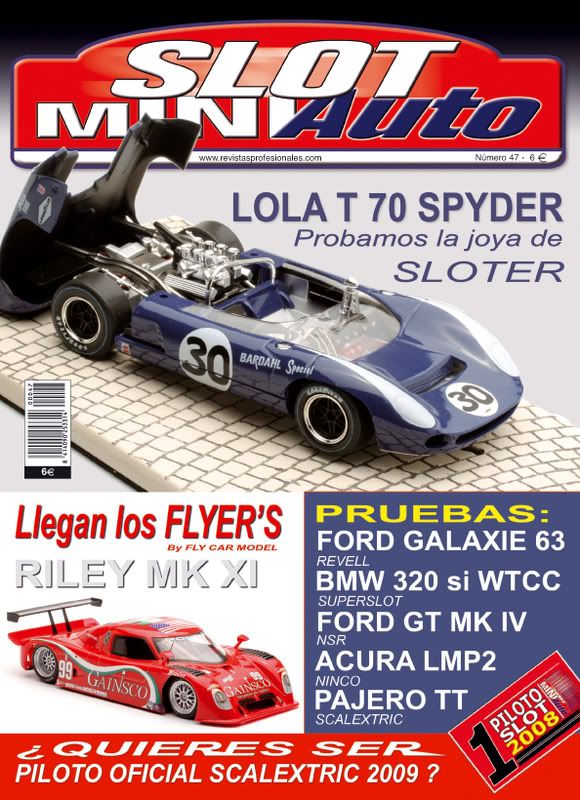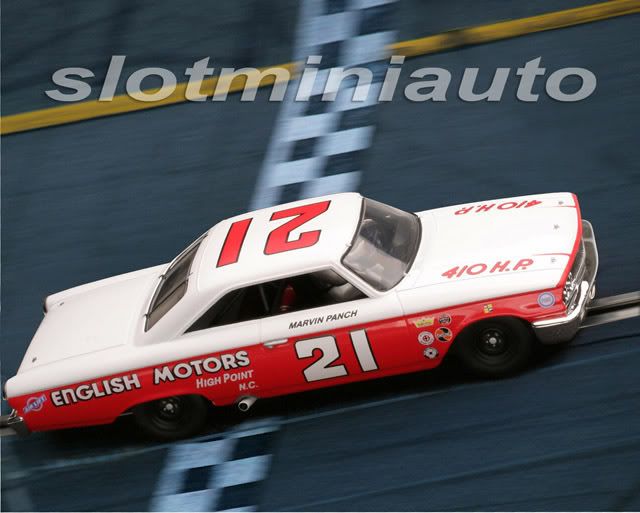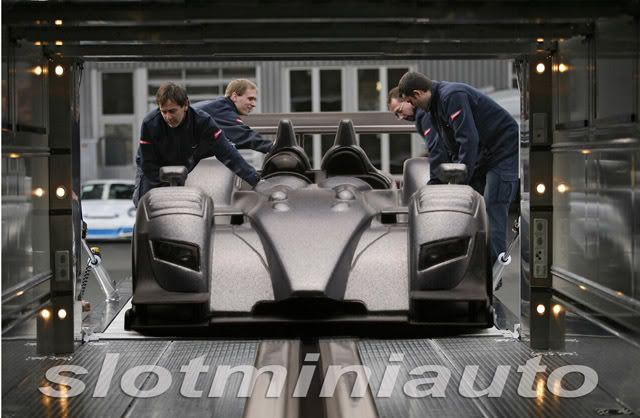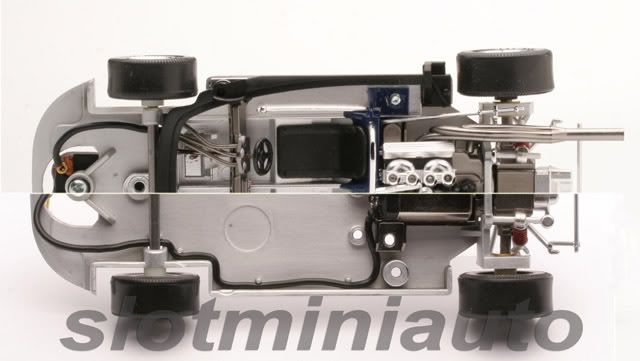 Many, many photos of the Sloter Lola T70 can be seen at this link.
Many, many photos of the Sloter Lola T70 can be seen at this link.

 Breaking the 400 km/h (249mph) barrier is no simple task and Porsche specialist tuner, 9ff, from Papenburg Germany have done so with honour. However, despite celebrated claims of breaking the world-record for road-going vehicles at 409 km/h, our research tells us this ain't so.
Breaking the 400 km/h (249mph) barrier is no simple task and Porsche specialist tuner, 9ff, from Papenburg Germany have done so with honour. However, despite celebrated claims of breaking the world-record for road-going vehicles at 409 km/h, our research tells us this ain't so.



 The Lamborghini LP540-4 was first unveiled at the Geneva Motor Show earlier this year, it is powered by a 5.2-liter V10 engine and as the name suggest pumps out 560 ponies and features a 4WD Viscous Traction system. This is the sort of package that puts the it's big brother Murciélago under a lot of pressure to come out with something even more spectacular and Lambo tuning specialists IMSA are hardly doing it any favours.
The Lamborghini LP540-4 was first unveiled at the Geneva Motor Show earlier this year, it is powered by a 5.2-liter V10 engine and as the name suggest pumps out 560 ponies and features a 4WD Viscous Traction system. This is the sort of package that puts the it's big brother Murciélago under a lot of pressure to come out with something even more spectacular and Lambo tuning specialists IMSA are hardly doing it any favours.IMSA have introduced a new sports exhaust system to the model which adds an even stronger melody to the engine and brings total power output to 584hp. The exterior modifications include a new set of lightweight alloys and sports suspension kit along with an aerodynamic enhancing carbon fibre rear wing.
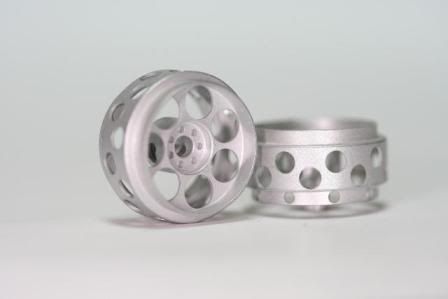











 Scaleauto, a division of MRRC, has brought us a pair of dark blue motors, both rated 20,000 RPM/12v. The S-Can (type FC-130) is rated 170 gcm stall torque at 12v, and the long can (type FK-180) is rated 260 gcm torque. Both motors have ball bearings, which provide minimal friction, while eliminating motor shaft endplay. Small bits of blue epoxy on the armatures show the motors were balanced at the factory.
Scaleauto, a division of MRRC, has brought us a pair of dark blue motors, both rated 20,000 RPM/12v. The S-Can (type FC-130) is rated 170 gcm stall torque at 12v, and the long can (type FK-180) is rated 260 gcm torque. Both motors have ball bearings, which provide minimal friction, while eliminating motor shaft endplay. Small bits of blue epoxy on the armatures show the motors were balanced at the factory. 